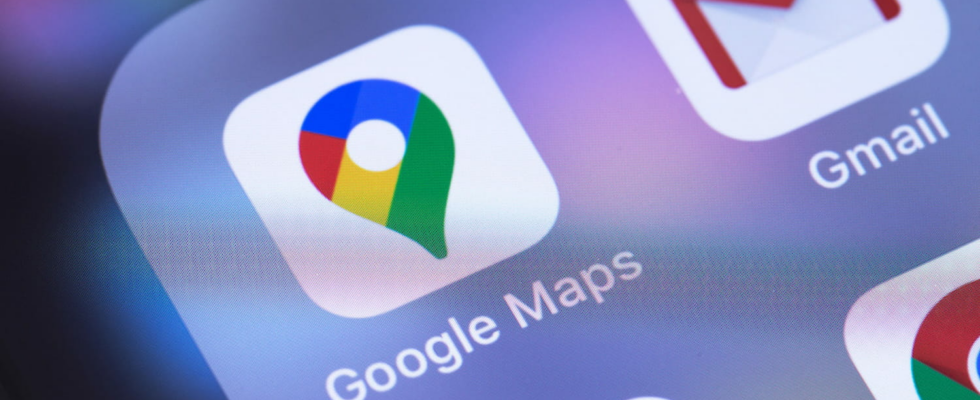Google’s mapping and navigation tools continue to evolve. The firm is preparing to deploy new functions there by taking advantage of in-house AI, Gemini.
For Google, the mapping and navigation services that are Maps and Waze are not trivial. The firm thus claims more than two billion users. It is then easy to understand why Google continues to improve them. The immersive view inaugurated at the Google I/O developers conference last spring is gaining momentum. Now, 150 other cities can benefit from it. And now it’s the turn of Gemini, the in-house artificial intelligence, to add its two cents. The AI which is gradually being installed in all Google services and apps is appearing in Maps and will be deployed over the coming weeks in both the Android and iOS apps.
Gemini in Maps: what for?
Rather than going through the global Google Search engine, it will be possible to carry out queries directly in Google Maps in natural language. For example, we could ask you to find interesting activities to do in the surrounding area. Maps will then make several proposals. Pressing one of them will display its file, as in the search engine, but will also provide a summary of the reviews written by customers. It will therefore no longer be necessary to read all the reviews, positive or negative, to form an opinion. Furthermore, it will also be possible to ask Gemini directly for details about the location. If it is a restaurant for example, we can ask if there is also a bar area. Based on the establishment’s profile and the comments, Gemini will be able to respond without the user having to read the full description.

On the navigation side, Maps is also evolving and getting a little closer to Waze. It will more precisely mark the traffic lanes to take when turning and will also make it possible to report incidents (floods, impassable road, lack of visibility, object on the lane, etc.). Finally, it will be possible to directly target a parking lot. Maps will then define the route on foot to then get to the meeting point while allowing you to find your car for the return trip of course.

Waze easier to use
Waze, the navigation app for driving which supports more than 180 million users per month, also continues to evolve smoothly. Among the new features that are starting to be deployed is incident reporting. Today, to indicate traffic problems to other drivers, you have to tap multiple times on the screen to choose icons. Soon, Gemini will take over. All you have to do is press a single button and state the problem orally. For example: “there is an object on the road” or “Traffic ahead”. Voice analysis aided by Gemini will be able to interpret the command and take it into account.

A good way to keep your eyes on the road and your hands on the wheel. This feature is currently being tested with several users and will be rolled out later. Just like the signage of school zones to indicate to the driver to be careful when arriving near an establishment around which a lot of children circulate.
